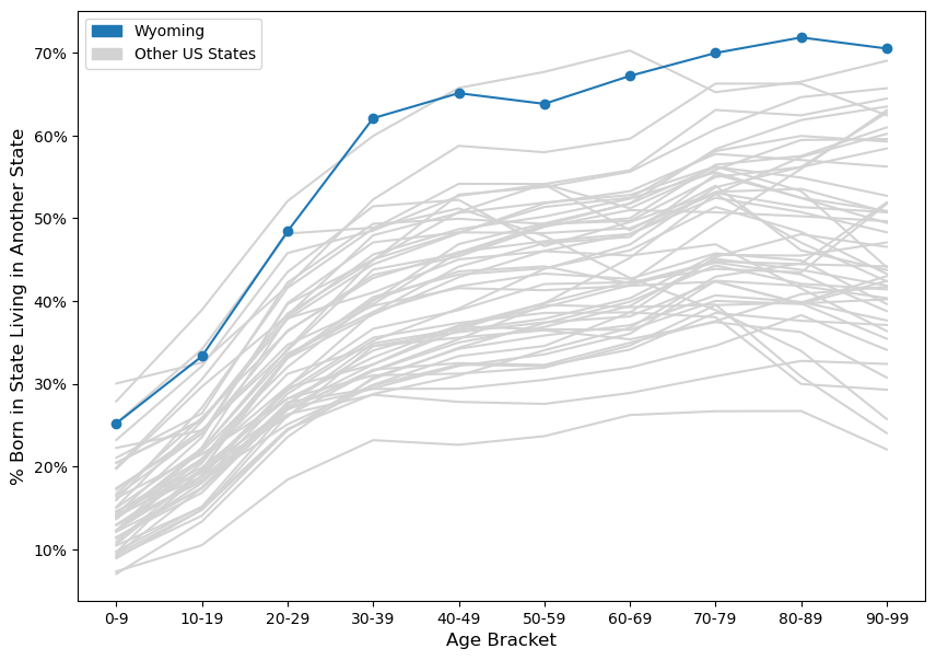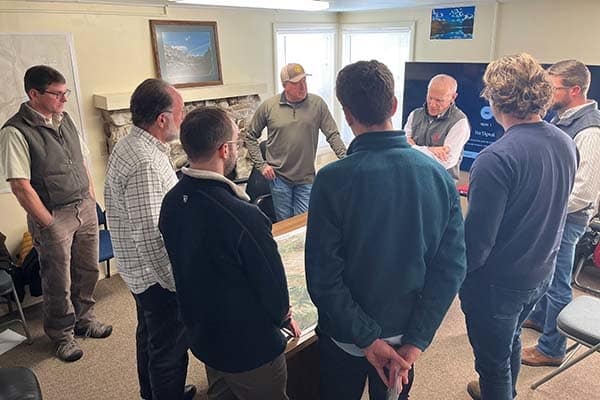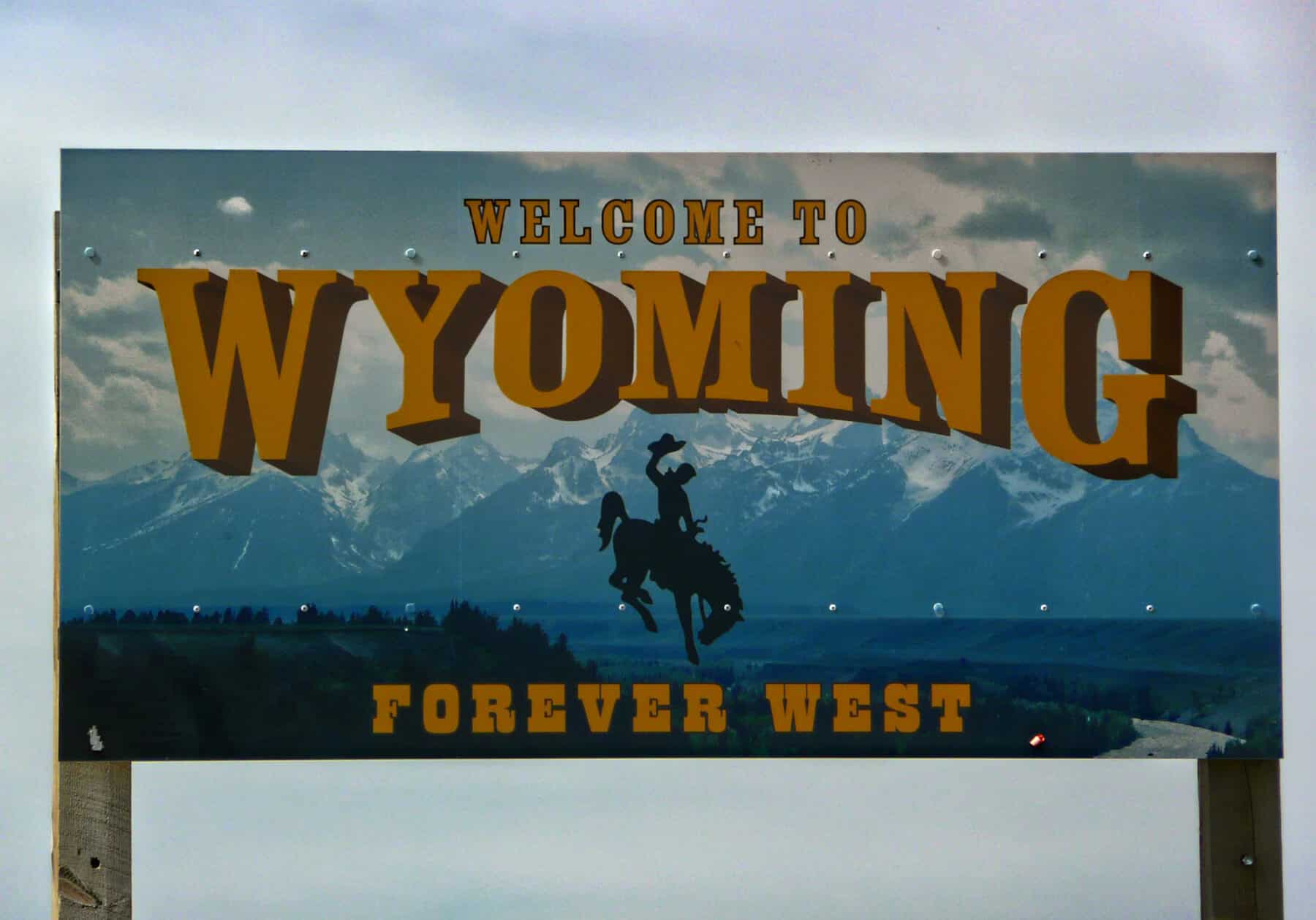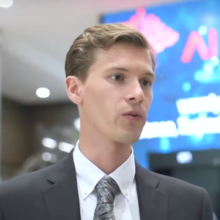
Blog
Blog
The Myth of the Wyoming Migration Boomerang
August 29, 2024
By Eric Protzer There is a popular concept in Wyoming known as the “boomerang” effect, which posits that people leave the state at high rates but often return later in […]
Harvard Kennedy School
This project leverages frameworks of growth diagnostics and economic complexity to address varied statewide challenges, while working collaboratively with stakeholders across the state to improve outcomes in housing, workforce access, local spending, and growth of energy opportunities.
Project Dates
August 2022–January 2026
Supported By
State of Wyoming
The State of Wyoming has experienced a sustained loss of jobs and a weakening of key drivers of growth for more than a decade. Whereas the Mountain West region has seen diversified growth and neighboring states have recovered quickly from COVID-19 job losses, Wyoming’s economy continues to lag. Looking to the future, the state’s economy will continue to face declining demand for resources that have long supported income levels and the state’s finances — coal, oil, and gas. As a largely rural state with a dispersed population and without a large urban agglomeration, Wyoming faces disadvantages in the modern economy. In this project, the research team is working in partnership with the Wyoming Business Council, numerous state agencies, local government offices, and Wyoming-based research institutions to develop stronger pathways to sustainable prosperity across the State of Wyoming.
As discussed in the project’s Growth Perspective, Wyoming does not have one single economy but rather many disconnected local economies, with different dynamics and capabilities. Many of the state’s economic realities have deep roots in its geographic circumstances, which impacted its low population growth over time. Reliance on natural resources has subjected the state to boom-and-bust cycles for much of its history. However, just as Wyoming is diverging from the national economy, local and regional economies across the state have also diverged. Some parts of the state are growing and narrowly diversifying and are bumping up against constraints that limit their pace of growth. In several growing cities, firms face a constraint in the workforce size, which is exacerbated by slow growth in housing supply. Meanwhile, many more rural parts of the state have experienced continued population decline as they have lost sources of tradable income and consequently sources of jobs and opportunities.
Economic strategy, public spending, and creative initiatives must respond to varying local issues if Wyoming’s high quality of life and economic mobility are to continue. Wyoming’s growing cities and regions are facing some constraints that have long undermined their full potential alongside new challenges that come with change. Meanwhile, contracting towns face fundamental issues that threaten their long-term viability and threaten to erode living standards. The project is providing analytical work and building capabilities to address these varied challenges across the state. This project is ultimately about enabling local economic resilience. It is leveraging frameworks of growth diagnostics and economic complexity while working collaboratively with stakeholders across the state to improve outcomes in housing, workforce access, local spending, and growth of energy opportunities.

Videos
Collaboration Spotlight
The project is leveraging the knowhow and capabilities of the Harvard’s Project on Indigenous Governance and Development. In February 2023, Prof. Emeritus Joe Kalt joined the project to present to leaders from the Northern Arapaho and Eastern Shoshone tribes on the Wind River Reservation. The project is working to support tribally led initiatives to address development challenges on the reservation and connect the labor market to the regional economy.

News and Blog Posts















